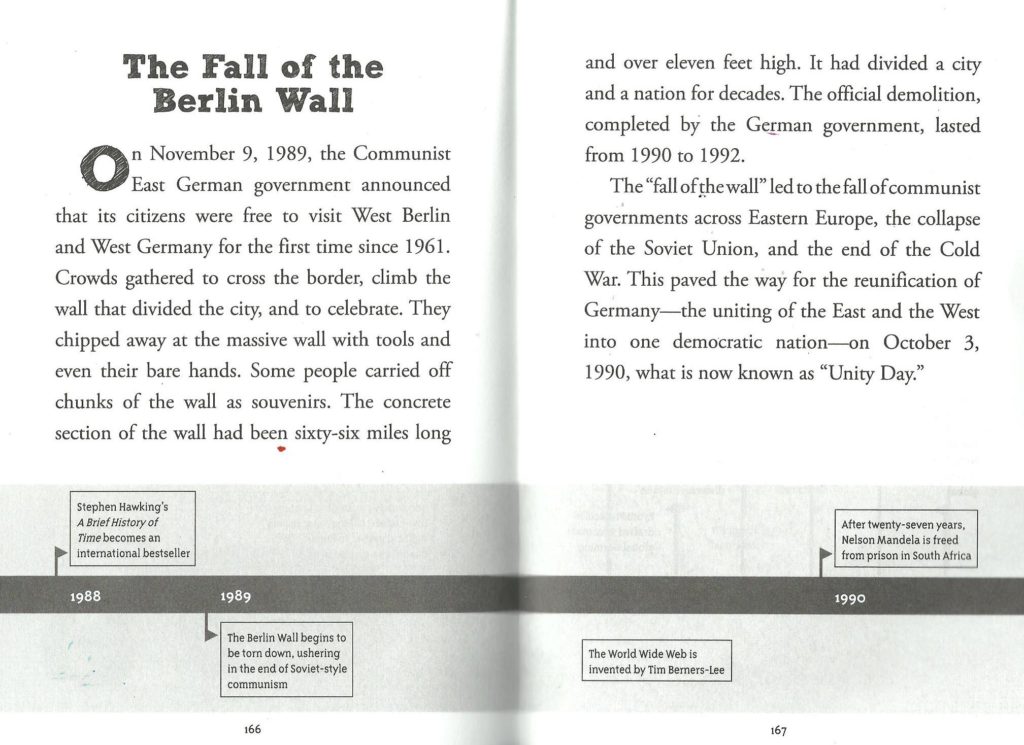As World War II came to an end in 1945, Germany lost the war and so decisions were made about their territories. Germany was divided into East and West counties. The defeated nation was split into four “allied occupation zones”: The eastern part of the country went to the Soviet Union (now called Russia), while the western part went to the United States, Great Britain and (eventually) France. The West side was more free, the East side was under strict police rule. Berlin was in the eastern side, but a four-way occupation of Berlin – between the Soviets and the allies (United States, Great Britain and France) began in June 1945.
A big wall – the Berlin Wall – was built by East Germany and the German Democratic Republic (GDR). Building of the wall began with barbed wire fence and cement on 13 August 1961. The Wall in Berlin cut off access from West Berlin to East Berlin and surrounding East Germany.

Cuckoo Clock and Germany

Today, the cuckoo clock is one of the favourite souvenirs of travelers in Germany, Switzerland, and Austria. It has become a cultural icon of Germany.
It is thought that the cuckoo clock began in Germany – specifically in the Black Forest area in southwestern Germany (state of Baden-Württemberg). There, in this region the cuckoo clock is popular and from there the clocks were sold and exported to the rest of the world from the mid-1850s on.
What is a cuckoo clock? It is a clock with a pendulum (which regulates or keeps the clock on rhythm time) and it strikes the hours with a sound like a common cuckoo’s bird call. An automated cuckoo bird moves with each note. Some move their wings and open and close their beaks while leaning forwards, whereas others have only the bird’s body leaning forward. The mechanism to produce the cuckoo call has been in use since the middle of the 18th century and has remained almost without variation.
Brothers Grimm

Martin Luther
Over 500 years ago, Martin Luther hammered his letter called the “Ninety-Five Theses” to the doors a church in Germany. This action sparked the split between the 1,000 year-old Roman Catholic Church into two churches—one loyal to the Pope in Rome, the other protesting against the Pope’s rule and soon, in fact, calling itself Protestant. Martin Luther was a 33 year-old friar (like a priest or monk) and was a professor (teacher) of theology (the study of religion).

All Saints’ Church, commonly referred to as Schlosskirche (Castle Church) and sometimes known as the Reformation Memorial Church – is a Lutheran church in Wittenberg, Saxony-Anhalt, Germany. It is the site where the Ninety-five Theses were posted by Martin Luther in 1517. That act has been called the start of the Protestant Reformation. From 1883 onwards, the church was restored as a memorial site.
